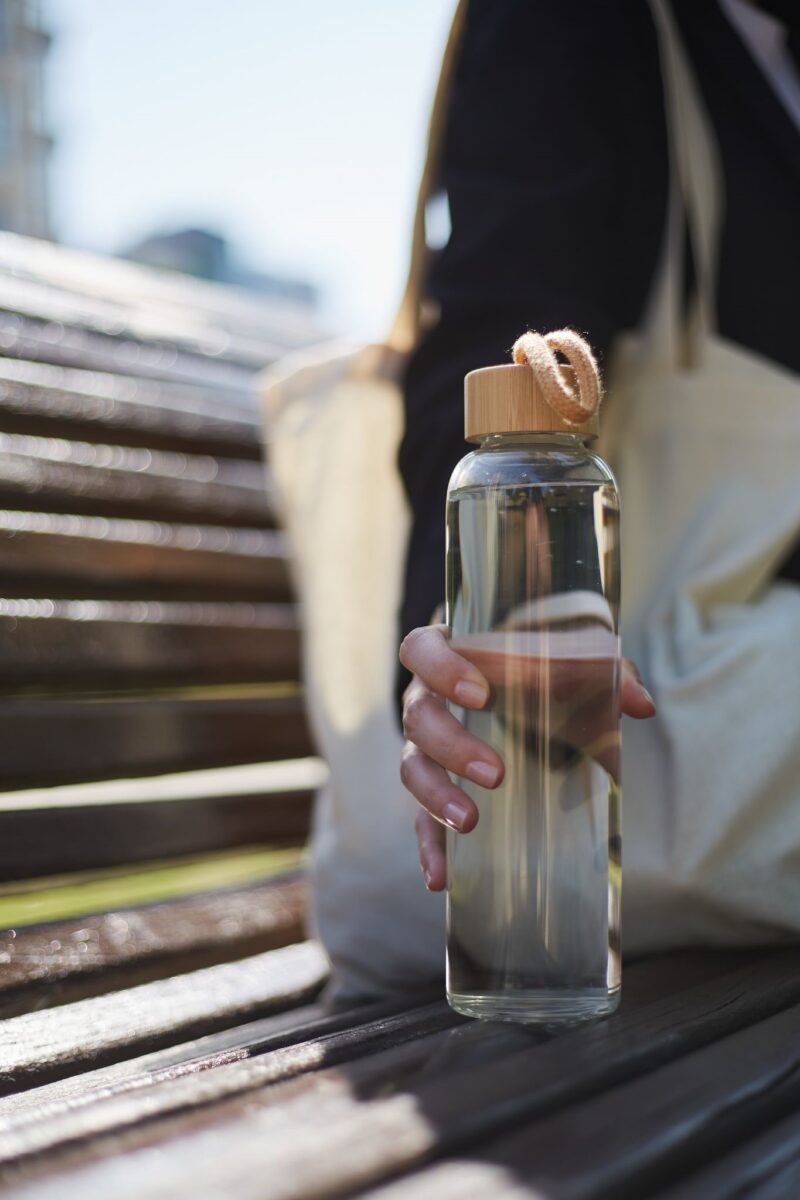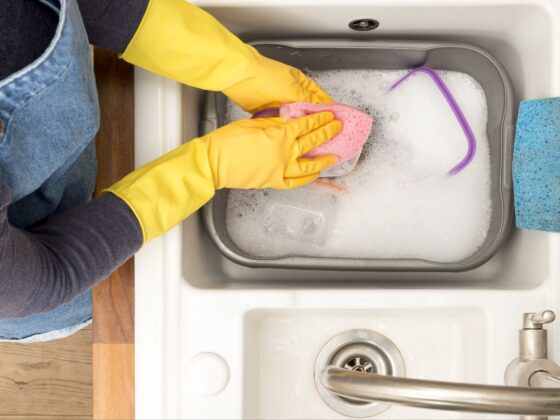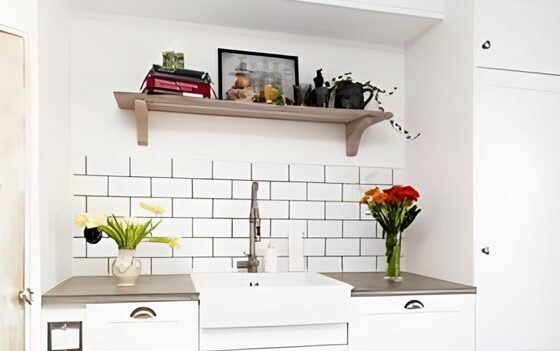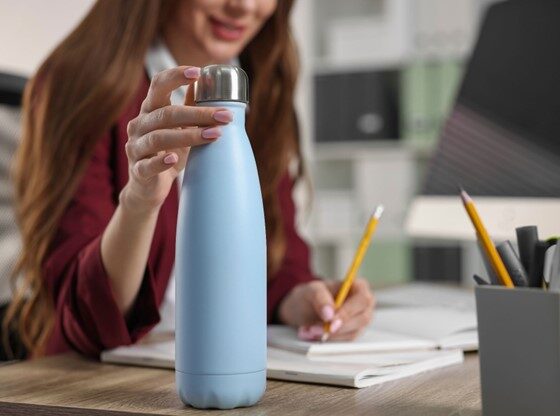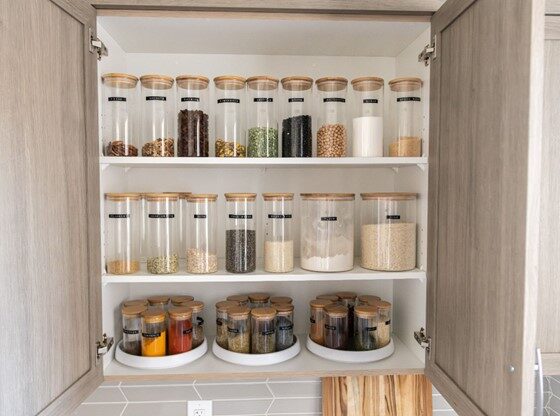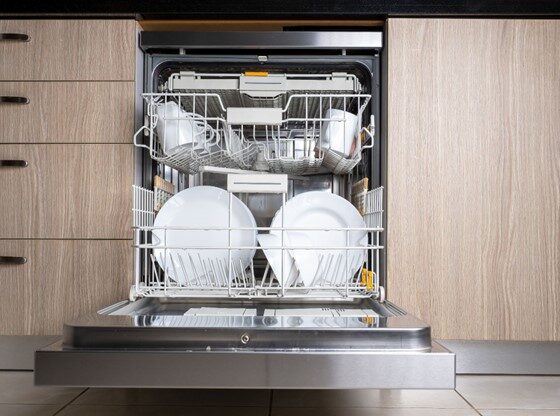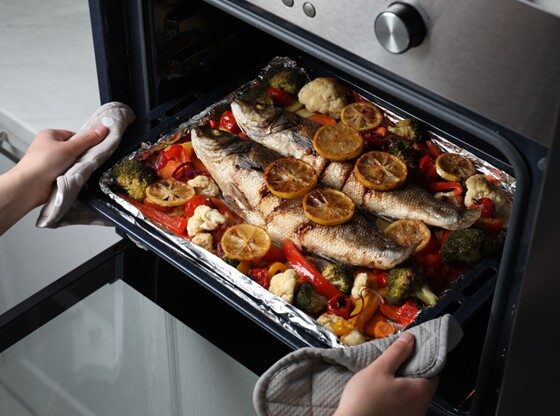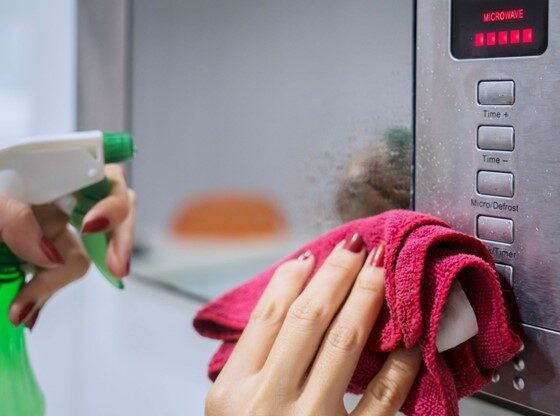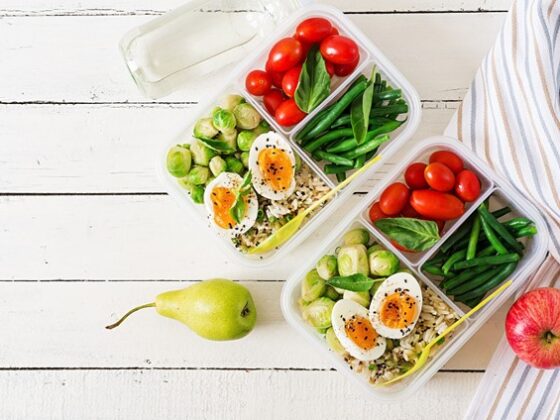In today’s fast-paced world, choosing the right water bottle definition is more critical than ever. It is not just about staying hydrated; it is also about selecting a container that aligns with your lifestyle and values. In this comprehensive guide, we will unravel the diverse world of water bottles, exploring the advantages and disadvantages of glass, stainless steel, plastic, ceramic, and even cardboard.
How Many Types of Water Bottles Are There?
Water bottles come in various materials, each with its unique characteristics. The main types include:
- Glass Water Bottles
- Stainless Steel Water Bottles
- Plastic Water Bottles
- Ceramic Water Bottles
- Cardboard Water Bottles
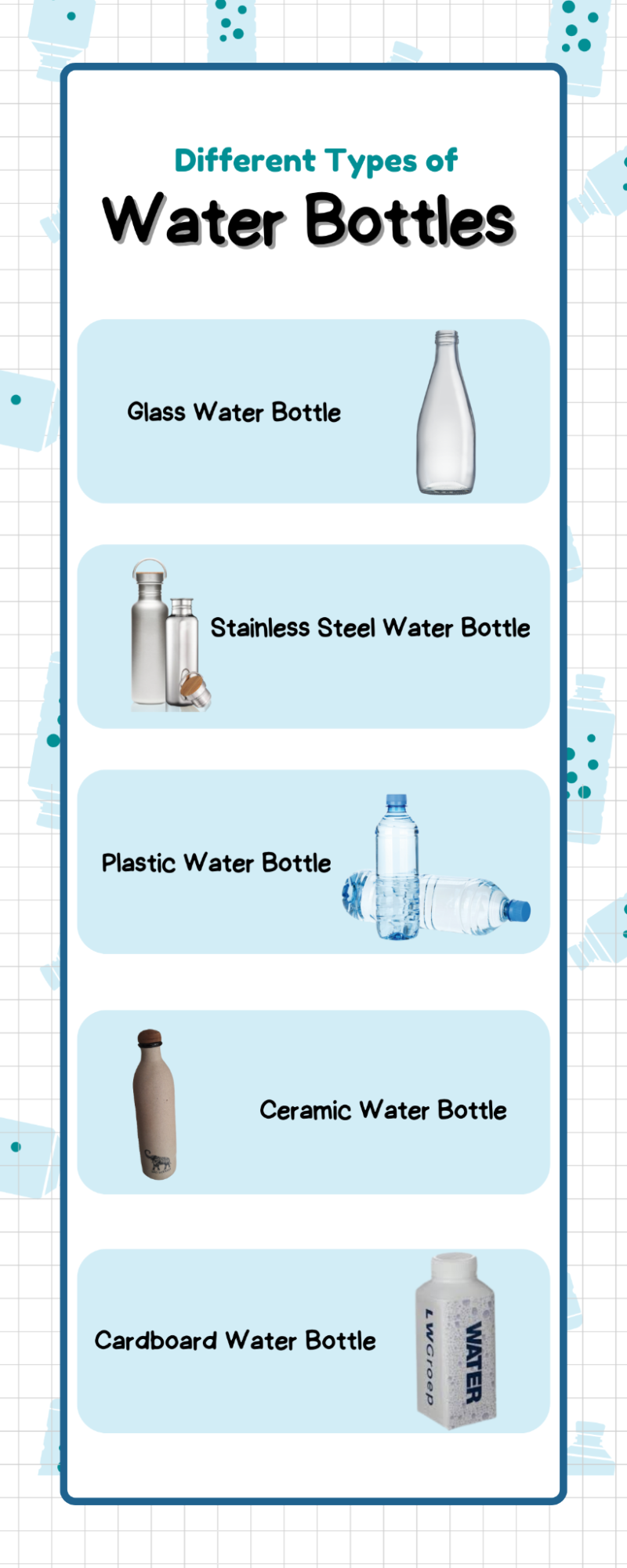
Which Water Bottles Are the Best?
Hydration is an important aspect of daily life and not only fitness enthusiasts but also the doctors recommend having a minimum required hydration. Let us now move to the section where we will explore different options you have to fulfill your thirst through various types of water bottles.
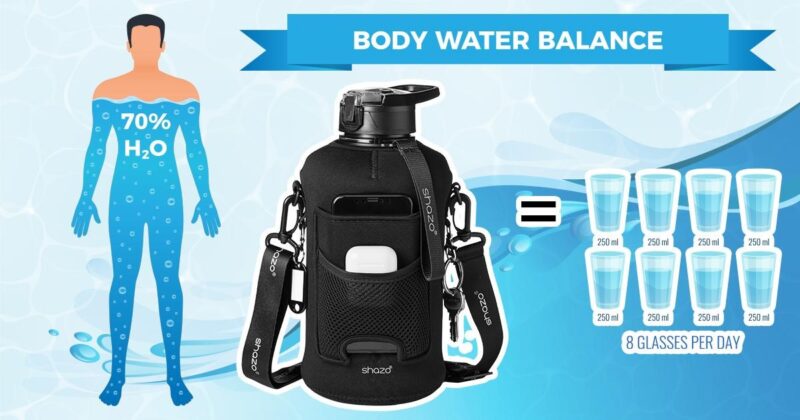
A Transparent Choice for Hydration – The Glass Water Bottles
Pros:
- Purity and Taste Preservation: Glass water bottles are famous for preserving the taste and purity of the water they hold. Unlike some materials, glass does not leach any chemicals or flavors into the liquid, ensuring that you experience water in its most natural state.
- Environmentally Friendly: Glass is a recyclable material, making it an environmentally friendly option. Choosing glass water bottles helps reduce the environmental impact associated with single-use plastic bottles, contributing to sustainability efforts.
- No Harmful Chemicals: Glass is inert and non-reactive, ensuring that it does not release harmful chemicals into the water, even when exposed to varying temperatures. This quality makes glass a safe and healthy choice for those concerned about potential contaminants in their drinking water.
- Durability and Longevity: While glass is fragile in use, it is surprisingly durable. Glass water bottles are resistant to scratches and stains, maintaining their clarity and appearance over time. With proper care, these bottles can last a long time, reducing the need for frequent replacements.
- Ease of Cleaning: Glass is easy to clean and does not retain odors or flavors from previous contents. This makes glass water bottles an excellent choice for those who prefer a container that can be thoroughly cleaned between uses.
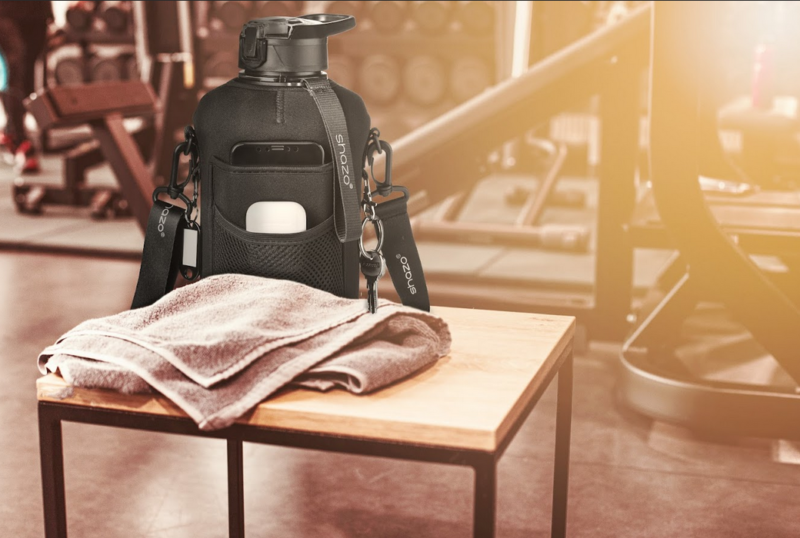
Cons:
- Fragility: Perhaps the most well-known drawback of glass is its fragility. Glass water bottles are more prone to breakage compared to other materials, especially if dropped on hard surfaces. However, while making modern glass bottles now a days the manufacturers keep durability in mind, featuring protective sleeves or thicker glass to mitigate this risk.
Best For:
- Purists and Taste Aficionados: If you prioritize the purest taste of water without any interference from the container, glass is the ideal choice. It ensures that your water remains uncontaminated, allowing you to savor its natural flavor.
- Eco-Conscious Consumers: Glass water bottles are a sustainable option for those who want to minimize their environmental impact. The recyclability of glass aligns with the principles of reducing single-use plastics and promoting a greener lifestyle.
- Home and Office Use: Due to their durability and aesthetic appeal, glass water bottles are well-suited for home and office environments where the risk of accidental drops is lower. They can be a stylish addition to your desk or kitchen counter.
The Tough Contender for Hydration – The Stainless Steel Water Bottles
Pros:
- Durability and Resilience: Stainless steel water bottles are celebrated for their robust construction, making them highly resistant to dents, scratches, and breakage. This durability ensures that they can withstand the rigors of various environments, including outdoor activities and travel.
- Temperature Retention: Stainless steel excels at retaining the temperature of the contents. Whether you want to keep your water ice-cold on a hot day or maintain the warmth of your beverage in colder conditions, stainless steel water bottles provide effective insulation.
- BPA-Free and Non-Reactive: Stainless steel is a non-reactive material that does not leach harmful chemicals into your drink. Many stainless steel bottles are also BPA-free, addressing concerns about potential health risks associated with certain plastics.
- Easy Maintenance: Cleaning stainless steel water bottles is a breeze. They resist odors and stains, and their smooth surfaces make them easy to wipe clean. This low-maintenance quality adds to the convenience of using stainless steel bottles for daily hydration.
- Long Lifespan: Stainless steel is a corrosion-resistant material, contributing to the long lifespan of these water bottles. Investing in a high-quality stainless steel bottle can result in a durable and reliable hydration companion that lasts for years.
Cons:
- Weight: Out of other disadvantages of stainless steel water bottle, one notable drawback of stainless steel water bottles is their weight. Stainless steel is heavier than other materials like plastic or aluminum, which can be a consideration for those prioritizing lightweight portability.
Best For:
- Outdoor Enthusiasts: The durability and temperature retention properties of stainless steel water bottles make them an excellent choice for outdoor activities such as hiking, camping, or sports. They can withstand rough handling and keep your beverages at the desired temperature.
- Individuals Seeking Long-Term Use: Stainless steel water bottles are a wise investment for individuals looking for a long-lasting hydration solution. Their resistance to wear and tear ensures a prolonged lifespan, reducing the need for frequent replacements.
- Hot and Cold Beverage Lovers: If you enjoy sipping on hot tea or coffee throughout the day, or prefer refreshing cold drinks, a stainless steel bottle’s excellent insulation capabilities make it suitable for both scenarios.
Improvising With Elegance in Hydration – Ceramic Water Bottles
Pros:
- Aesthetic Appeal: Ceramic water bottles are admired for their elegant and artistic designs. They add a touch of sophistication to your hydration routine, making them a stylish accessory for those who appreciate aesthetics.
- Temperature Retention: Ceramic has natural insulating properties, helping to maintain the temperature of the contents for a longer duration. This feature is beneficial for those who prefer their beverages at a consistent temperature, whether hot or cold.
- Chemical-Free Composition: Ceramic is a natural and inert material, ensuring that it does not release any harmful chemicals into your drink. This makes ceramic water bottles a safe choice for those who prioritize a chemical-free and pure drinking experience.
- Environmentally Friendly: Ceramic is a sustainable and eco-friendly material. It is derived from natural clay and can be recycled or easily broken down in the environment, reducing the overall environmental impact compared to certain plastic materials.
- Non-Permeable Surface: The non-permeable surface of ceramic makes it resistant to retaining odors and flavors from previous uses. This feature contributes to a clean and untainted drinking experience.
Cons:
- Fragility and Weight: Ceramic water bottles are more fragile compared to other materials, such as plastic or stainless steel. They are prone to breakage if dropped on hard surfaces. Additionally, ceramic tends to be heavier, which may affect portability.
Best For:
- Aesthetic Enthusiasts: If you value the visual appeal of your hydration gear, ceramic water bottles are an ideal choice. They come in a variety of artistic designs and patterns, adding a touch of elegance to your daily routine.
- Home and Office Use: Due to their aesthetic appeal and non-permeable surface, ceramic water bottles are well-suited for use at home or in the office. They can serve as decorative items while providing a reliable source of hydration.
- Temperature-Conscious Individuals: If you enjoy sipping on beverages at a consistent temperature, whether it is a warm tea or a refreshing cold drink, ceramic’s natural insulation properties make it suitable for maintaining desired temperatures.
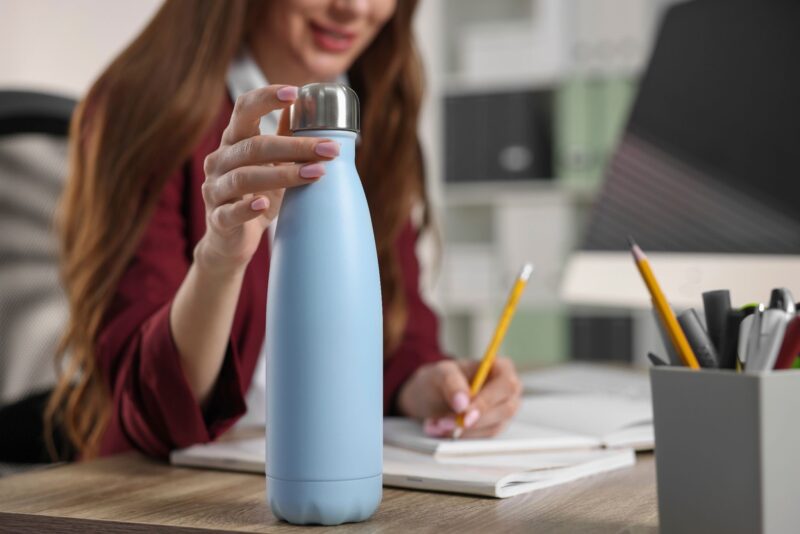
Balancing Convenience and Affordability – Plastic Water Bottles
Pros:
- Lightweight and Portable: Plastic water bottles are incredibly lightweight, making them easy to carry during daily activities, workouts, or while on the go. Their portability is a significant advantage for individuals who prioritize convenience.
- Affordability: Plastic water bottles are generally more budget-friendly compared to bottles made from materials like glass or stainless steel. This affordability makes them a practical and accessible choice for a wide range of consumers.
- Variety of Shapes and Sizes: Plastic bottles come in a myriad of shapes and sizes, catering to diverse preferences and hydration needs. This variety allows consumers to choose the most suitable bottle for their lifestyle, whether for single-use or repeated use.
- Durability: Despite their lightweight nature, plastic water bottles can be durable and resistant to breakage, especially high-quality options made from materials like PET (polyethylene terephthalate). This durability ensures a longer lifespan for the bottle.
- Convenient Disposal: Plastic bottles are easily recyclable, contributing to waste reduction efforts. Many regions have established recycling programs, allowing consumers to dispose of their plastic bottles responsibly.
Cons:
- Environmental Impact: One of the primary drawbacks of plastic water bottles is their environmental impact. Single-use plastic bottles contribute to pollution and pose challenges for recycling facilities. This has led to growing concerns about plastic waste in oceans and landfills.
- Potential for Leaching: Some plastics may contain harmful chemicals, such as BPA (bisphenol A), which can leach into the water, especially when exposed to heat or sunlight. BPA-free options are available, but consumers need to be mindful of the materials used in their plastic bottles.
Best For:
- On-the-Go Hydration: Plastic water bottles are perfect for individuals with a busy, on-the-go lifestyle. Their lightweight design makes them easy to carry in backpacks, purses, or gym bags, ensuring hydration is always within reach.
- Budget-Conscious Consumers: Plastic water bottles are an economical choice for those looking for an affordable and practical solution. This makes them suitable for bulk purchases or situations where cost is a significant consideration.
- Short-Term Use: While reusable plastic bottles are available, plastic is often associated with single-use bottles. These are suitable for situations where a disposable option is more convenient, like events, gatherings, or travel.
Embracing Sustainability with a Green Touch – Cardboard Water Bottles
Pros:
- Biodegradable and Eco-Friendly: Cardboard water bottles are crafted from biodegradable materials, making them an environmentally friendly alternative. As they break down naturally, they contribute less to environmental pollution and are a sustainable choice for eco-conscious consumers.
- Lightweight and Easy to Carry: The lightweight nature of cardboard water bottles enhances their portability, making them an excellent choice for individuals on the move. Their lightness adds convenience to daily activities, outdoor events, or travel.
Cons:
- Limited Durability: Despite their eco-friendly attributes, cardboard water bottles typically have limited durability compared to other materials like plastic, glass, or stainless steel. They may be susceptible to damage from moisture, punctures, or prolonged exposure to external elements.
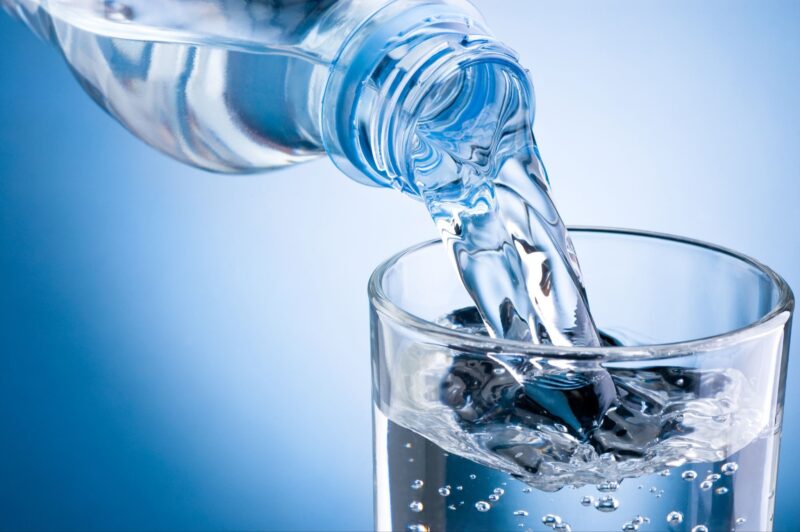
Best For:
- Single-Use Scenarios: Cardboard water bottles are best suited for single-use scenarios, such as events, conferences, or occasions where disposable options are preferred. Their biodegradable nature aligns with the goal of minimizing environmental impact.
- Eco-Conscious Individuals: Consumers with a strong commitment to environmental sustainability may choose cardboard water bottles as part of their efforts to reduce reliance on non-biodegradable materials. These bottles provide a greener alternative for those who prioritize eco-friendliness.
- Promotional and Event Use: Due to their lightweight and customizable nature, cardboard water bottles are often used for promotional purposes or events. They can be branded with logos or messages and are easily distributed, offering a combination of functionality and marketing appeal.
FAQ’s:
- What are the five types of bottled water?
The five main types are glass, stainless steel, plastic, ceramic, and cardboard.
- Is BPA free plastic safe?
Yes, BPA-free plastic is safe for use, as it eliminates the potential health risks associated with Bisphenol A (BPA).
- How many types of plastic bottles are there?
There are several types of plastic bottles, categorized by resin codes. Common types include PET, HDPE, PVC, and more.
- What are the common sizes of water bottles?
Common sizes include 8 oz, 16 oz, 32 oz, and 1 liter bottles, catering to various hydration needs.
- What is the best water for kidneys?
Water with a balanced mineral content, like natural spring water, is generally considered beneficial for kidney health. Always consult with a healthcare professional for personalized advice.
What Type of Water Bottle is Best for You?
Choosing the right water bottle depends on your lifestyle, preferences, and priorities. Consider factors such as durability, environmental impact, and convenience when making your decision.
Conclusion
In the vast landscape of water bottles, the perfect choice is subjective. Glass water bottles stand out as a transparent and environmentally friendly choice, offering a clean and pure drinking experience. While they may require a bit more care to prevent breakage, the benefits of taste preservation and sustainability make them a compelling option for conscious consumers.
Stainless steel water bottles stand out as a durable, temperature-retaining option suitable for various lifestyles. While they may be heavier, their resilience and longevity make them a reliable choice for those who prioritize durability and performance in their hydration gear.
Ceramic water bottles are more than just containers; they are pieces of functional art. While they may require a bit more care due to their fragility, the aesthetic appeal and eco-friendly nature of ceramic make it a preferred choice for those who prioritize style and a touch of luxury in their hydration experience.
The cardboard water bottles are a commendable choice for those seeking an eco-friendly alternative with a focus on single-use scenarios. While they have a limited durability as compared to other materials, the biodegradable nature of cardboard aligns with the broader goal of minimizing the environmental impact of disposable containers.
Notwithstanding, the plastic water bottles offer a balance of convenience, affordability, and durability. However, consumers should be mindful of their environmental impact and choose reusable options or recycle responsibly to mitigate the drawbacks associated with single-use plastics.
Whether you opt for the elegance of glass, the durability of stainless steel, the convenience of plastic, the charm of ceramic, or the eco-friendliness of cardboard, remember that staying hydrated is the ultimate goal.
Explore our range of plastic water bottles to find the perfect companion for your hydration journey. Make an eco-conscious choice and stay refreshed wherever life takes you.
